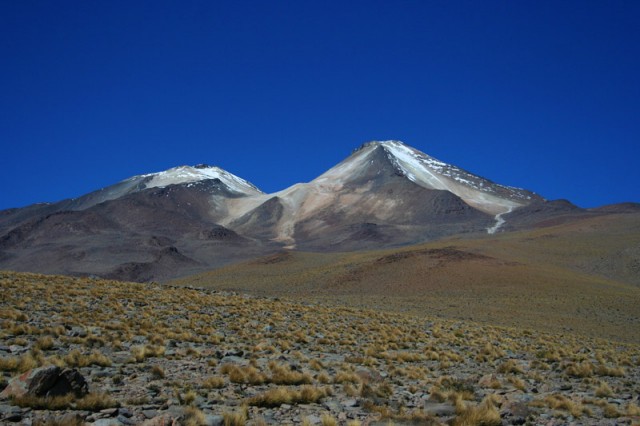“Sombrero” mountain growth in the Andes rides on rising magma plumes
Ars Technica » Scientific Method 2012-10-29

Most of us are familiar with igneous rocks that form in volcanic settings, as lava crystallizes into rock while cooling quickly. It’s easy enough to envision this process since it occurs right before our eyes or at least some cameras (and besides, thousands of science fairs across the country probably display a baking-soda-and-vinegar analog each year).
But what about the igneous rocks that form deep below the surface—like the beautiful granites that are so popular for kitchen countertops? It’s not so easy to imagine how these massive bodies of magma—called “intrusions”—rise through the Earth’s crust before stopping and slowly solidifying, sometimes feeding a volcano at the surface during the process.
Geologists have argued about how this material rises for a long time. Several models have been proposed that would allow this magma to reach its destination; some researchers have proposed a process called “stoping,” where slabs of rock continually fall off the roof of the magma chamber. In this way, the magma could gradually chew its way upwards.
Read 7 remaining paragraphs | Comments